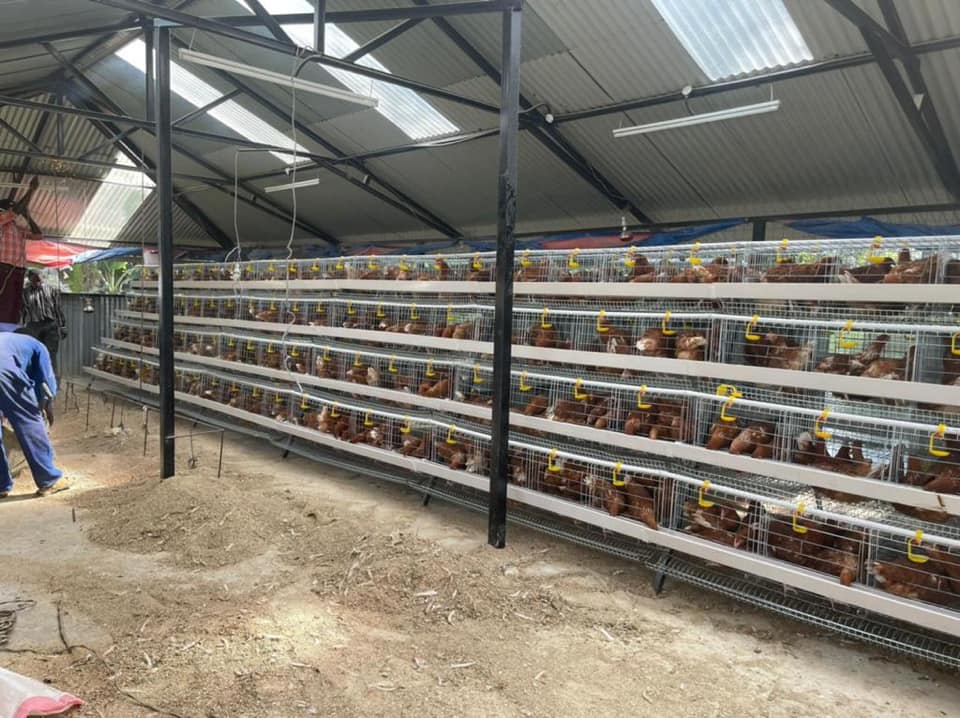The Impact of Poultry Housing on Bird Welfare and Egg Production Efficiency
Aug . 15, 2024 04:09 Back to list
The Impact of Poultry Housing on Bird Welfare and Egg Production Efficiency
The Ethical Implications of Chicken Cages
The use of chicken cages in the poultry industry has become a contentious issue, raising ethical, environmental, and health-related concerns. As global demand for poultry increases, so too does the pressure on farmers to produce eggs and meat as efficiently as possible. This efficient production often comes at the cost of animal welfare, leading to heated debates among consumers, animal rights activists, and industry representatives.
The Origins of Chicken Cages
Historically, battery cages were introduced in the 1950s as a means to maximize space and minimize costs in egg production. These cages typically house several hens in cramped quarters, providing just enough room for them to stand or turn around. The rationale behind this method is straightforward more birds in less space yield higher profits for farmers.
However, while the economic benefits are clear, they are accompanied by significant drawbacks. The welfare of the hens is compromised, leading to a life of distress and suffering. Hens in battery cages are often unable to exhibit natural behaviors such as nesting, foraging, or dust-bathing, which are essential for their well-being. This has sparked outrage among consumers and advocacy groups, pushing for more humane treatment of farm animals.
The Shift Toward More Ethical Practices
In response to mounting public pressure, many countries have started to reconsider the use of battery cages. Some regions have implemented stringent regulations limiting or outright banning their use. For instance, the European Union enacted a ban on battery cages in 2012, which prompted many egg producers to transition to more humane systems, such as enriched cages or free-range farming. These alternative methods allow hens more space and the opportunity to engage in natural behaviors, significantly improving their quality of life.
However, these changes are not uniform worldwide. In many places, including parts of the United States, battery cages remain commonplace due to the lower production costs associated with them. This discrepancy highlights a critical challenge how can ethical considerations be balanced with economic realities in the poultry industry?
chicken cage

The Role of Consumers
Consumer choices play a crucial role in driving change within the poultry industry. As awareness of animal welfare issues has increased, so too has demand for cage-free and free-range products. Labels that indicate humane practices have become more prevalent on supermarket shelves, allowing consumers to make informed decisions. This shift in consumer behavior has prompted some farmers to adapt their practices, in a bid to meet the demand for more ethically produced poultry products.
Nevertheless, there remains a significant gap between consumer intentions and actual purchases. While many consumers express a desire to choose humane options, price sensitivity often leads them to revert to cheaper, conventionally produced eggs and meat. This inconsistency complicates efforts to promote widespread reform in the poultry industry.
Looking Ahead
The debate over chicken cages is emblematic of broader discussions about food production systems, animal welfare, and sustainability. As the global population continues to grow, the poultry industry must navigate increasing pressure to produce more while also being held accountable for the ethical treatment of animals.
To achieve this balance, collaboration among farmers, consumers, and policymakers is essential. Transparent practices, consumer education, and government incentives for humane farming methods can all contribute to a more sustainable and ethical poultry industry. As we move forward, it is imperative to question not only how we produce food but also the values and ethics that underpin our agricultural practices.
In conclusion, while chicken cages have been a staple of the poultry industry for decades, the evolving conversation around animal welfare is critical. By prioritizing humane practices and making conscious consumer choices, we can foster an agricultural system that respects animal rights and meets the ethical standards of society.
-
Automatic Feeding Line System-Pan Feeder Nipple Drinker|Anping County Yize Metal Products Co., Ltd.
NewsJul.29,2025
-
Hot Sale 24 & 18 Door Rabbit Cages - Premium Breeding Solutions
NewsJul.25,2025
-
Automatic Feeding Line System Pan Feeder Nipple Drinker - Anping County Yize Metal Products Co., Ltd.
NewsJul.21,2025
-
Automatic Feeding Line System Pan Feeder Nipple Drinker - Anping County Yize Metal Products Co., Ltd.
NewsJul.21,2025
-
Automatic Feeding Line System - Anping Yize | Precision & Nipple
NewsJul.21,2025
-
Automatic Feeding Line System - Anping Yize | Precision & Nipple
NewsJul.21,2025






